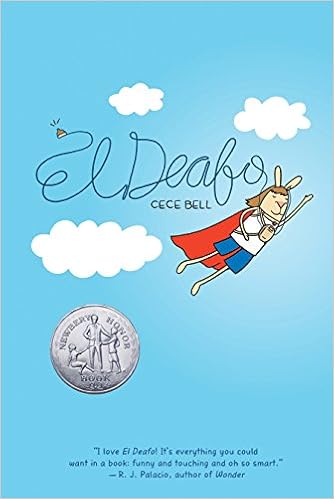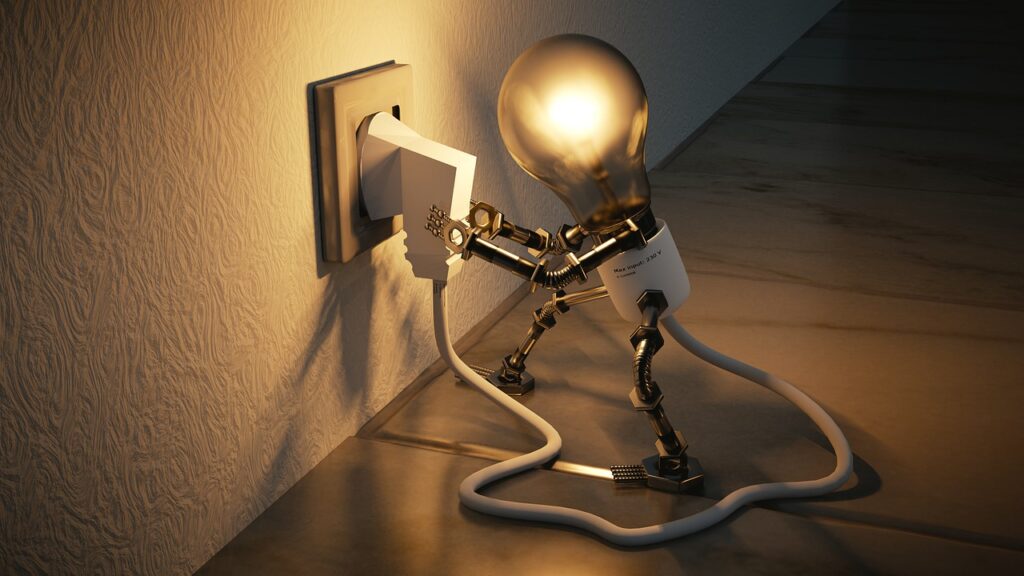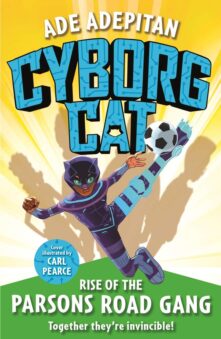In this episode, we talk about ‘El Deafo’, a graphic novel for kids ages 8-12years. It is written by Cece Bell, a talented author and illustrator. It is partly a memoir about the author’s life and experiences growing up with hearing loss that she acquired after having meningitis at 4 years of age.

MUCH ADO ABOUT HEARING
How does hearing work? How are you even listening to this podcast?! Click here to see a video of the hearing process.
About 1 in 500 kids born in the US every year is born deaf or hard of hearing. Speech development depends on hearing, so it is important to identify hearing loss early, as the time between birth and 3 years is crucial for language development.
Universal newborn hearing screening was adopted by various states in the USA between the 1990s and early 2000s. The goal is for every baby to get a hearing test within a month of birth. Before this, hearing loss was only picked up after a child started showing concerning signs (e.g. not responding to sounds or to their name, delayed or difficult to understand speech). Now, newborn screening has decreased the average age of diagnosis of hearing loss from 2.5yrs to 2.5 months.
Hearing loss can also be acquired later in life, as was the case for Cece in ‘El Deafo’. This can be caused by infections like meningitis, ear infections (though this type of hearing loss is usually temporary), a bad side effect of certain medications; or noise exposure. Because of this, screening for hearing loss should be a part of routine health checkups throughout childhood.
What is it like to have mild, moderate, severe or profound hearing loss? Click here to hear the difference. (Note, this is just an example. Depending on the underlying cause of their deafness, some people can hear certain sound frequencies well, but really struggle with others.)
THE GENIUS OF ‘EL DEAFO’
The very visual nature of a graphic novel makes for an immersive and engaging experience. The illustrator is able to play around with different ways to depict what Cece can or cannot hear, (eg empty/faded speech bubbles) and it works well. The book also does a great job of showing what the experience of being hard of hearing is like when it comes to basic daily activities (conversations, school, sleepovers, watching TV etc).
WHAT DID I LEARN from ‘El Deafo’?
Not all Deaf people sign! Among those that are deaf or hard of hearing, some choose to be part of the Deaf community. This group generally embraces deafness as a central part of their identity, and they do not see it as an impairment that needs to be fixed. They typically choose to communicate using sign language rather than spoken word. Children might go to a deaf school or learn sign language if their parents are interested in having them become a part of this community. This is not a choice that all deaf people make. Despite her mother’s best efforts, Cece simply refuses to learn sign language because she hates that it calls attention to her as being different.
Hearing aids do not fix everything! Nowadays, there are a couple kinds of devices to assist hearing – hearing aids (which amplify a sound; these are removable), and the more recently developed cochlear implants (which are surgicaly implanted and stimulate the auditory nerve directly). Although Cece’s hearing aids helped her hearing quite a bit, they did not completely bring her hearing back to normal. It was still difficult to distinguish certain sounds (Goat vs coke, orange juice vs orange shoes) . She still relied on lip reading and visual cues to help her make sense of what she was hearing.
Here are some tips I pulled out from the book that may be helpful when communicating with a deaf person:
- Get closer (don’t be a creep – just don’t be all the way across the room)
- Face them when talking
- Don’t cover your mouth (except corona…but, you get the point. For lip-reading sake.)
- Speak clearly (it’s hard to hear soft speech). HOWEVER, it’s not necessary to shout. Turning up the volume or shouting likely won’t help with comprehension if certain sound frequencies are just hard to understand
- Mind the background noise.
Communication is central to connection. No matter the chosen mode of communication , at the end of the day, the desired outcome is for the child to be able to connect with other people and engage in the world. Think about the setting that you live or work in. How can that setting be made to function better for kids with hearing impairment?
That’s the scoop! ‘El Deafo’ is very entertaining and insightful at the same time. Give it a read and let me know what you think!
Interested in other children’s books touching on health conditions? Check out our bookshelf!

